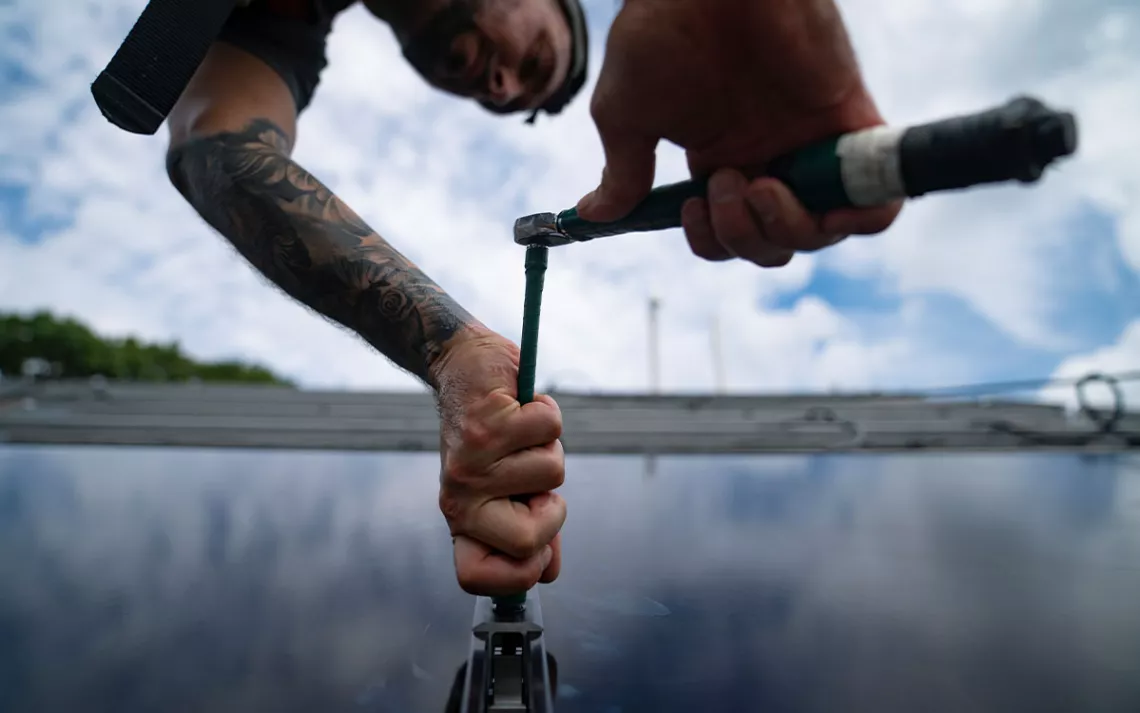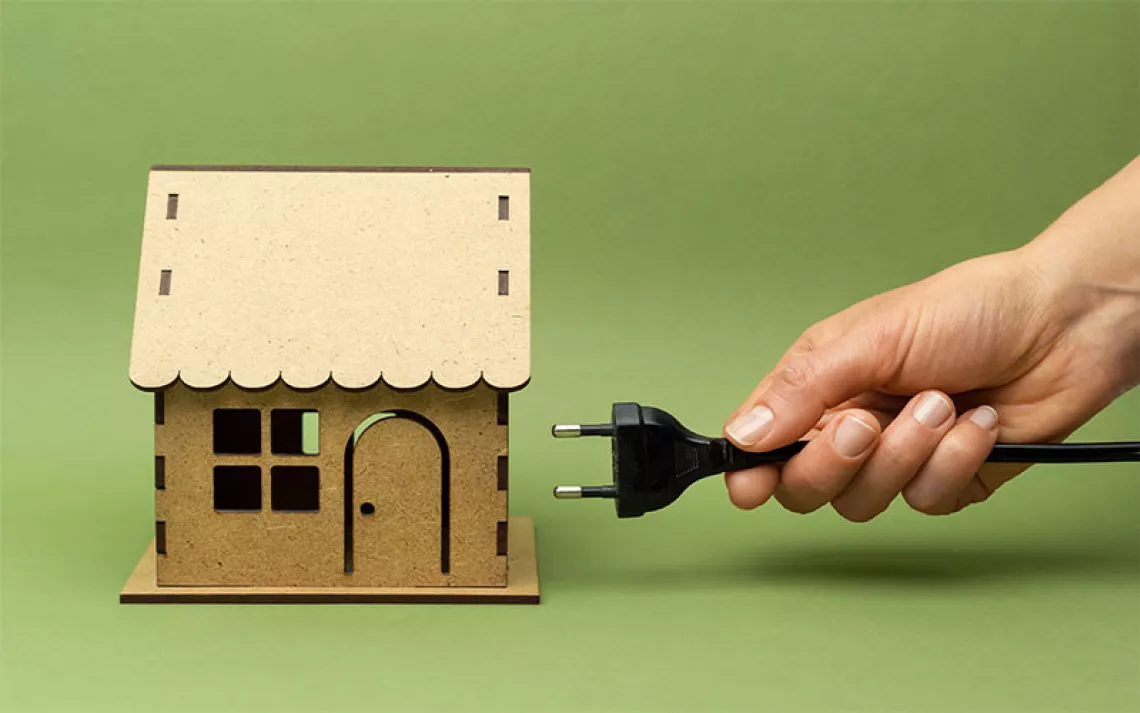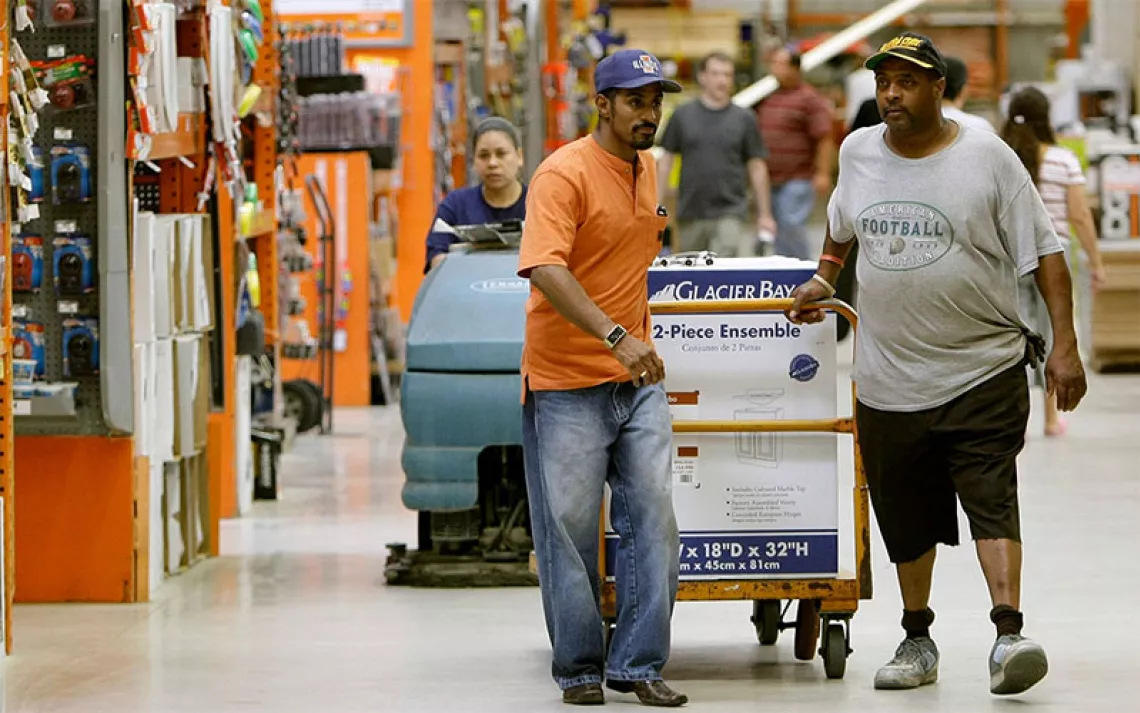One Year Later, Wins for the Environment and the Economy
What a difference an Inflation Reduction Act makes

FILE - An employee of NY State Solar, a residential and commercial photovoltaic systems company, installs an array of solar panels on a roof, Aug. 11, 2022, in the Long Island hamlet of Massapequa, N.Y. A new report has found that clean energy now provides more employment than the fossil fuel industry, reflecting the shift that efforts to tackle climate change are having on the global jobs market. | Photo by John Minchillo, AP File
Distributed by Trice Edney Newswire
President Biden couldn’t have said it any more plainly when he said last week in Milwaukee, “When I think climate, I think jobs.” He was speaking the day before the one-year anniversary of the historic clean energy and jobs package that he and Congress agreed on. That was the third major economic push that federal government has made since 2021 along with earlier boosts for infrastructure and technology.
So it’s a good moment to check the scorecard for what officially is called the Inflation Reduction Act. To date, Americans are winning.
More than 190 clean energy projects across 41 states have been announced in the last year, according to the group Climate Power. Those projects are adding more than 140,000 jobs in those states. While no Republicans in Congress voted for the $350 billion clean energy package, those jobs are being spread across both red and blue states. In the 2020 election, the president lost five of the top 10 states in terms of new jobs created and five of the 10 states with the most projects announced since last year.
Just as important, it appears we’re growing those jobs in communities where they are needed most. The Treasury Department found that two-thirds of the projects announced involving clean energy, electric vehicles, or batteries are in counties with above-average poverty rates. The projects are going to places with low college graduation rates, low weekly wages, and high unemployment, federal officials reported.
Those are the same places that far too often must bear far more than their share of the impact from pollution and climate change. Throughout our nation’s history, the least powerful people have had to make unfair choices because they needed jobs, whether it’s strip-mining mountains they love or living in cancer alleys that the plants where they work create with their toxic discharge. For the rest of us, the benefit isn’t just environmental; it’s economic as well. As the Treasury Department noted, the best way to grow US productivity overall is to increase it in these places that have the most growth potential.
But these wins haven’t convinced the opponents on Capitol Hill who didn’t support the plan in the first place. While they are happy to celebrate the clean energy jobs that are sprouting in their states, they continue to work against everything from limits on the carbon pollution that threatens the climate to the tax credits to encourage people and businesses to buy electric vehicles.
It’s increasingly clear that Americans no longer must make a false choice between a vibrant economy and a safe, livable planet. There are more good jobs in nearly every state every day that are tied to clean companies. The protectors of an unsustainable status quo that relies on dirty fuels and toxic waste wants to fool the public into believing that is not a certainty. It’s an old play, stoking fear to try to divide people enough to keep them from joining together in their own best interest.
We can let them know that we won’t be fooled that way. We can read the score.
 The Magazine of The Sierra Club
The Magazine of The Sierra Club



